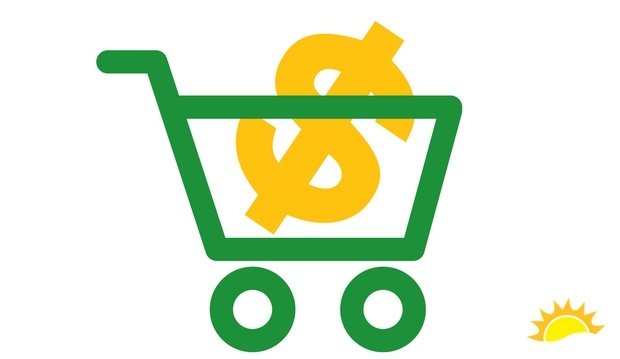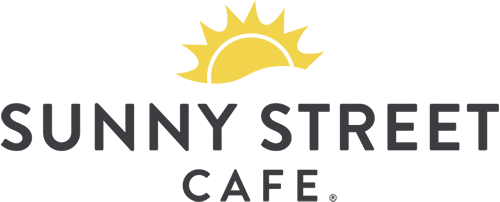How Much Money Can I Make As A Franchisee?

One the most frequently asked questions when considering opening a franchise is “how much money can I make?” There are many factors that go into determining how much an owner can make. Calculating projected sales, costs, and profit involves a bit of arithmetic, but nothing too complicated. Spending a bit of time to build an opening pro forma will help you answer the big “how much can I make” question.
Franchise Disclosure Document
Most franchisors have an Item 19 Financial Performance Representation that is included in the Franchise Disclosure Document (FDD). This will help you develop your business plan and give you a more precise picture on the expected hard costs and profits of your franchise. The FDD will detail the average sales per unit and average cost of operation per unit. If you want to learn more about opening a franchise, download our free PDF: 10 Things To Know Before Opening A Restaurant Franchise.
Sales
In Item 19 you will see an average gross sales number. Gross sales is the total amount of sales without subtracting any costs, such as taxes or coupons. As this number should be given to you in your FDD, this is the easiest part of the process! To help you boost sales in your store, read our blog 5 Elements of Running a Profitable Lunch Hour.
Cash Flow
Think of cash flow as your business checking account. If you have more money coming in than going out you are in a positive cash flow and you can afford to pay your bills. If not you are in a negative cash flow pattern and you will need to rely on your working capital or your cash reserves.
The primary reason most new small businesses fail is because they don’t have adequate working capital available to get through the start up phase of their business. As a small business you may need to keep track of cash flow on a weekly or even daily basis. Use a balance sheet to help you track your cash flow.
Profits
Profits simply put is the amount of money left after paying all of the expenses of running the business. Many business owners will draw a salary from the business on a bi-weekly basis. If so that amount would be included in the expense lines of the business. Most owners will use the profits of the business to reinvest in it, replenish working capital, or put towards development of future locations.
If you have done all of your calculations numerous times and still end up with negative cash flow, there are two options. At the end of the day is all comes down to profit. Streamlining efficiency, labor retention, customer loyalty, and invoicing can all help cut down on hard costs, leaving a greater margin for profit. You might have to pay yourself a little less, or you might not have a good franchise option with that company. If your calculations keep giving you a good profit, you’re good to go! You’ve made a great choice!
